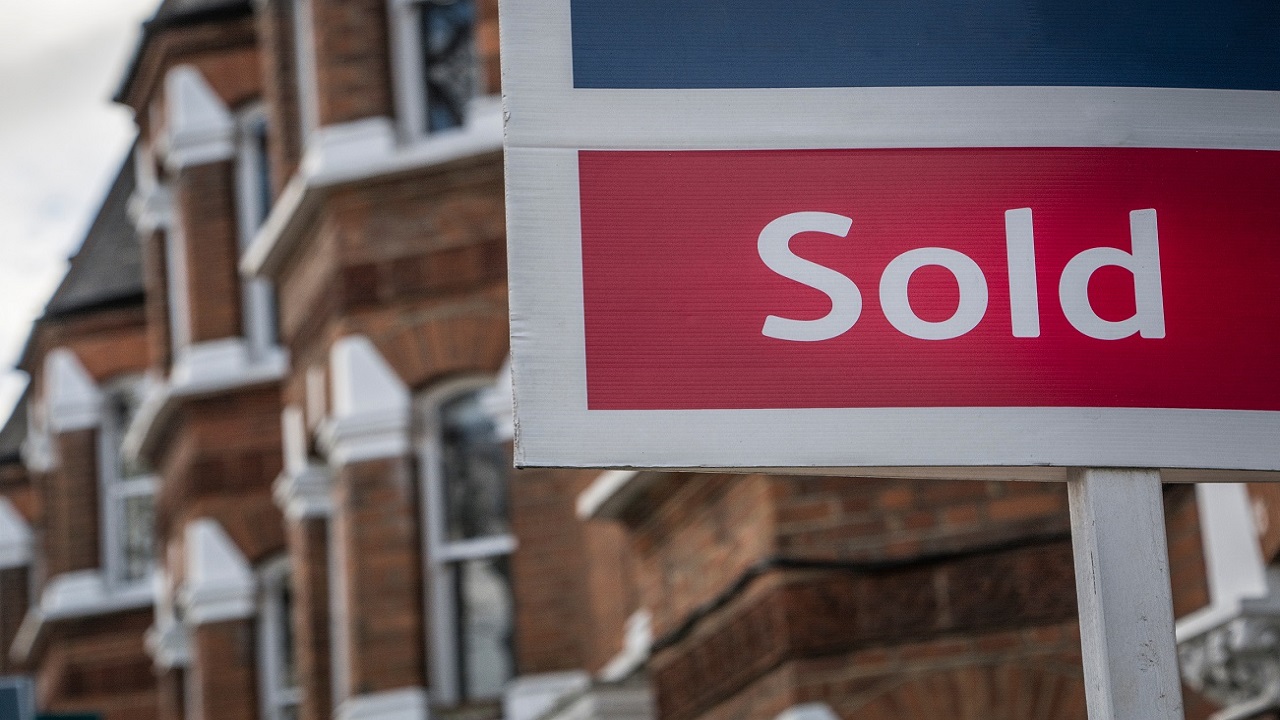
Appearing to defy the current economic fallout from the pandemic, the UK housing market has staged a remarkably strong recovery in recent months. Estate agents were forced to close all physical branches in March during the most stringent period of lockdown restrictions, and few would have imagined the number of mortgage approvals would hit a 13-year high just 4 months after they were permitted to reopen.
Although it is difficult to distinguish exactly how much of the recent upturn can be attributed to any one factor, the stamp duty holiday introduced at the start of July certainly coincided with the point that activity really took off.
Alongside this, with monetary policy being loosened even further during the initial stages of the pandemic, the cost of borrowing remains extremely low, thereby helping to fuel mortgage credit demand.
Market reporting
Data from Zoopla also points to existing homeowners becoming increasingly active in seeking a move elsewhere, as they re-evaluate their ideal type of home following changes to working practices and lifestyles brought on by the pandemic.
While a pick-up in activity may be welcome news amid the hardship still felt by many sectors of the economy, one of the more concerning features has been the associated resurgence in house price inflation. Indices produced by Nationwide and Halifax, as well as Rightmove’s measure of asking prices, all show an increase of 5% or more on an annual comparison. Moreover, forward-looking indicators from the latest RICS Residential Market Survey suggest momentum behind prices in September was stronger than in any month going all the way back to 2002.
Such an acceleration in price growth is only going to exacerbate existing issues with housing affordability for those yet to get onto the property ladder. As of September, the average house price in the UK was estimated to be £249,870 by Halifax. This is more than 8 times larger than average annual earnings, increasing from a multiple of 6 back in 2012.
Crucially, the national average deposit for first-time buyers now equates to £47,000, marking a 25% increase compared to the average amount put down 10 years ago. Moreover, work conducted by the Resolution Foundation suggests that, if the average first-time buyer household put away 5% of their income each month, it would take 21 years to save enough for a deposit. This is up from a period of just 4 years in the early 1990s.
Considering that typical personal disposable incomes are forecast to fall by nearly 3% in 2020 according to Oxford Economics projections, this renewed episode of house price growth will quickly place further strain on affordability and be to the longer-term detriment of future first-time buyers.
Lending issues
Even during this current uptick, there is evidence that banks are favouring lower-risk lending, given the abundance of mortgage demand at present. Indeed, rates on high loan-to-value (LTV) mortgages have risen sharply over the past few weeks, while rates for lower LTV mortgages have remained much more stable.
This means the current lending environment is enabling equity-rich buyers to drive the market forward, with existing homeowners more likely to be able to take advantage of the situation than first-time buyers. As first-time buyers were already exempt from paying any stamp duty on purchases up to £300,000 before the crisis, the broader tax break introduced would in any case be of little benefit to them.
The sustainability of the latest upswing in housing market activity looks doubtful, given how disconnected it is from the gloomy labour market outlook. Once government support measures across the economy are withdrawn or reined in, it seems likely that sales market activity will begin to cool quite swiftly as the current pipeline clears into next year.
Even so, while monetary policy remains extremely loose and growth in new housing supply continues to come in below target, higher house prices could be here to stay in the absence of a sharp rise in forced sellers. As such, the divide between existing property owners and those hopeful of buying in the future may widen further. The former are able to benefit from low interest rates and rising asset prices, while the latter not only miss out on this but end up needing to save more for a deposit.
Recent government announcements on reforming the planning system may go some way towards alleviating pressures around affordability, however, provided there is an emphasis on supplying low-cost, good-quality housing as a result.
Of course, increasing supply will only have an impact on affordability if sustained over the longer term. As it stands, the latest research produced by Legal & General shows that 56% of first-time buyers below the age of 35 received financial support from their parents in order to purchase a home.
In the immediate aftermath of the pandemic, it appears that aspirant young homebuyers are likely to become even more reliant on the bank of Mum and Dad if they are to achieve their goal of homeownership.
